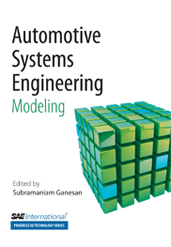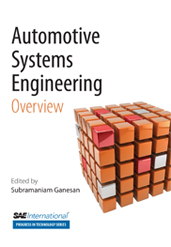Book

Automotive Systems Engineering - Approach and Verification
2010-11-29
Automotive systems engineering addresses the system throughout its life cycle, including requirement, specification, design, implementation, verification and validation of systems, modeling, simulation, testing, manufacturing, operation and maintenance. This book is the fourth in a series of four volumes on this subject and features 12 papers, published between 2002-2009, that address the challenges and importance of systems approach in system verification and validation, stressing the use of advanced tools and approaches. Topics covered include: Systems integration and verification Software engineering in future automotive systems development Configuration management of the model-based design process Buy the Set and Save!



